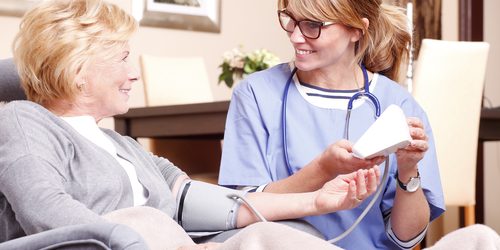National Skilled Nursing care week
National Skilled Nursing care week (NSNCW) was established by the American Health Care Association (AHCA) in 1967. This national week of observance was formerly known as National Nursing Home week. This celebration gives us the opportunity to recognize the key roles of skilled nursing care centers and their hard work in caring for seniors and people with disabilities throughout America. The AHCA announced the 2018 NSNCW theme is “Celebrating Life’s Stories”. This was served to commemorate life’s most important events, relationship, and experiences that formed perspectives of residents, family, staff, and volunteers in long or short-term care. Read more on the official press release. TheRead More →







